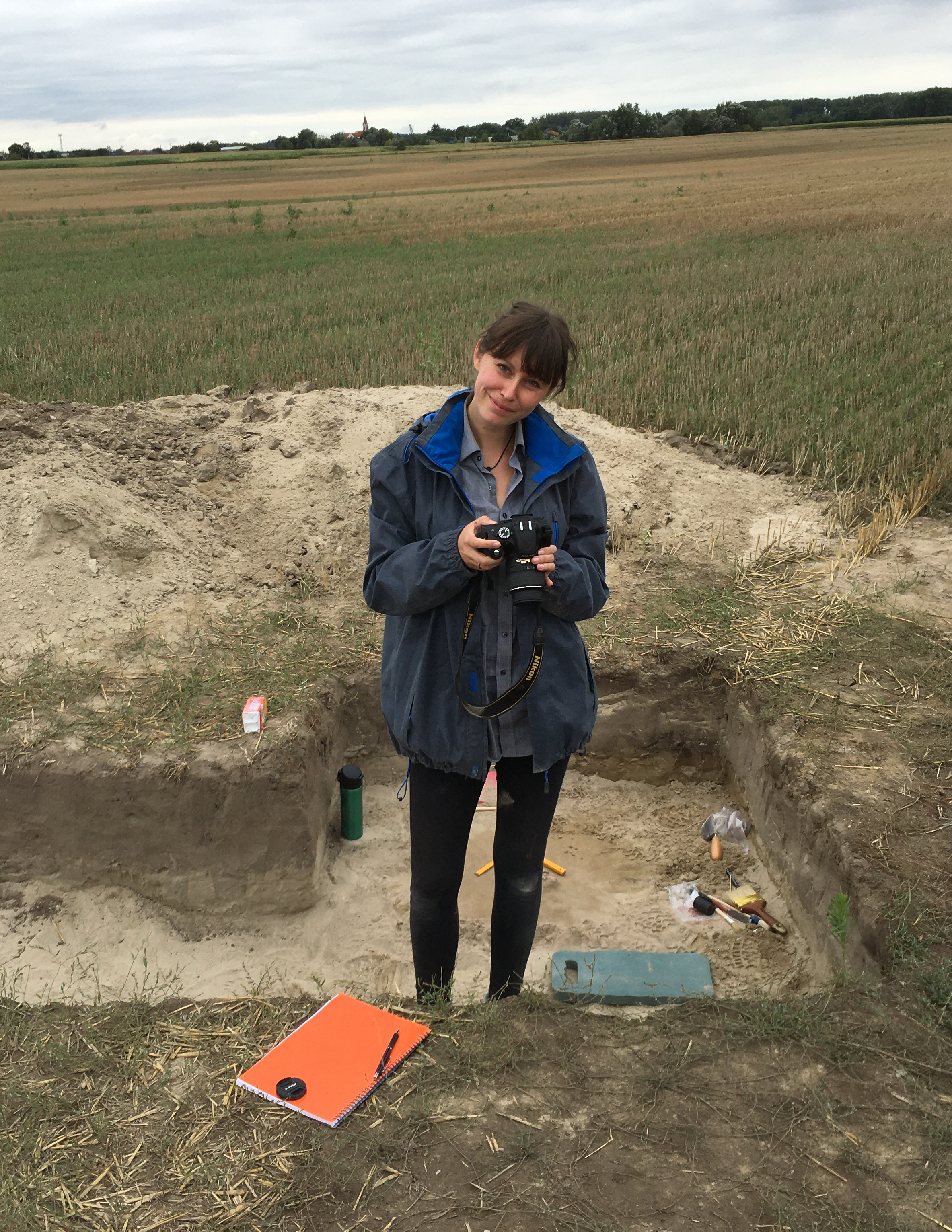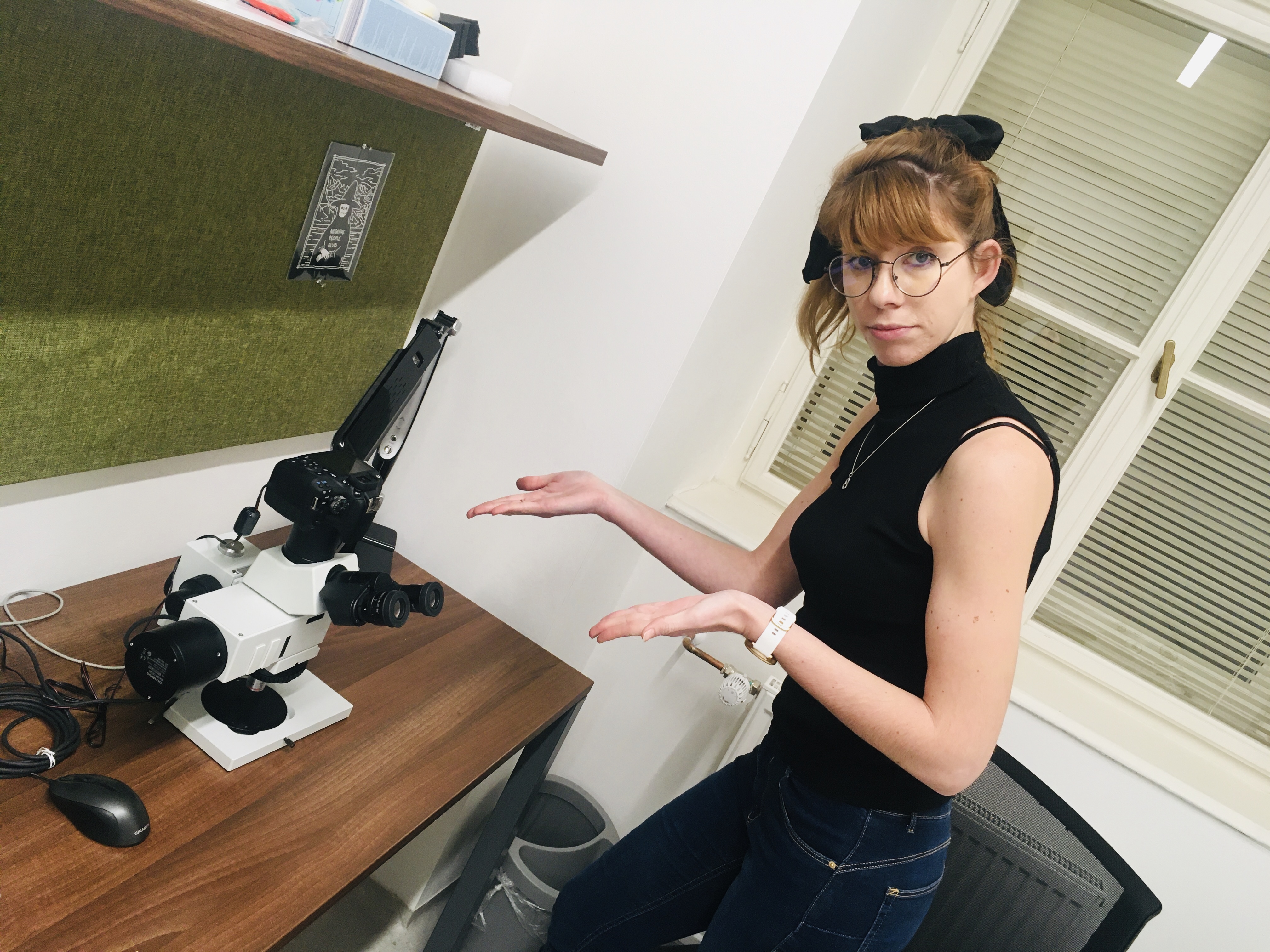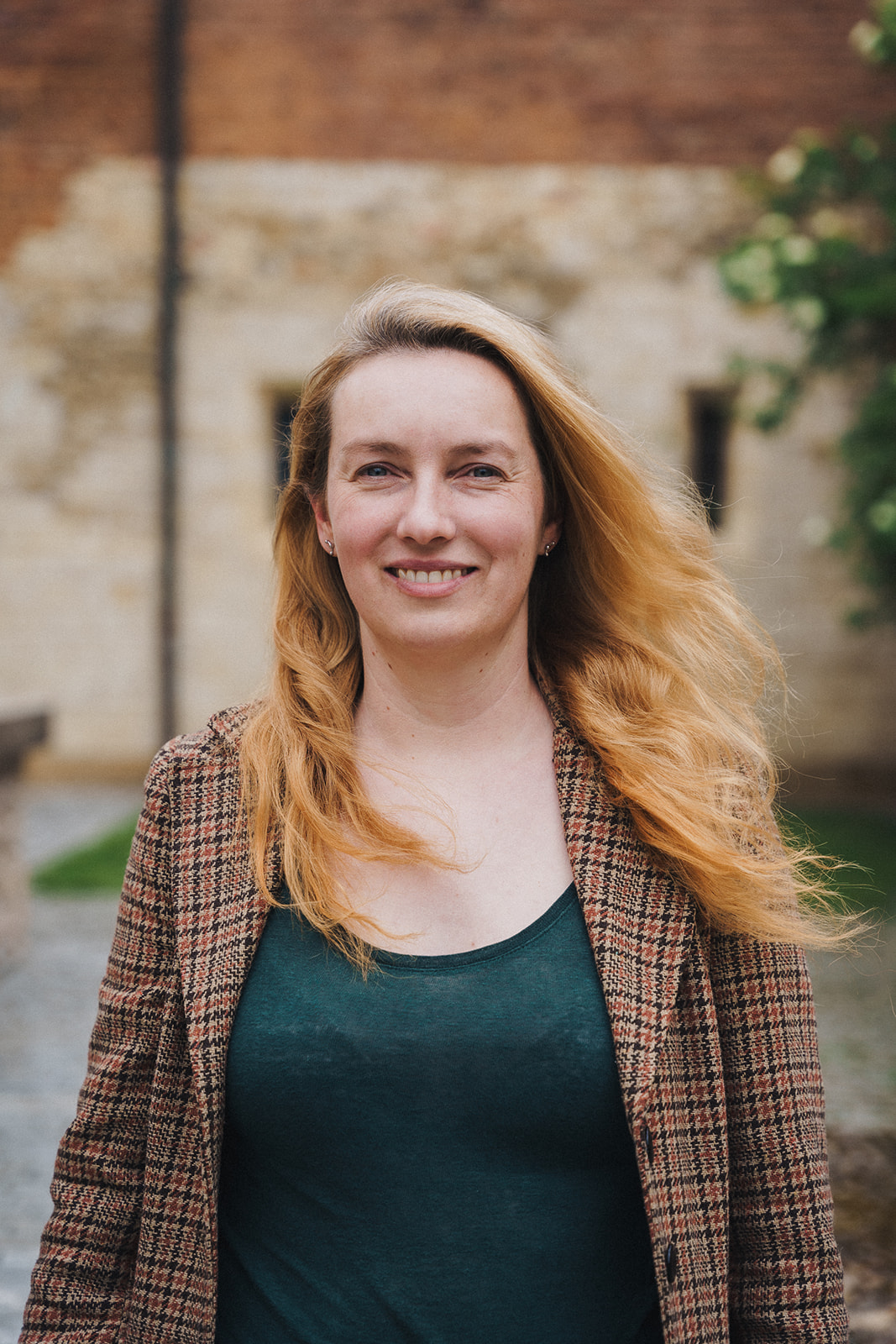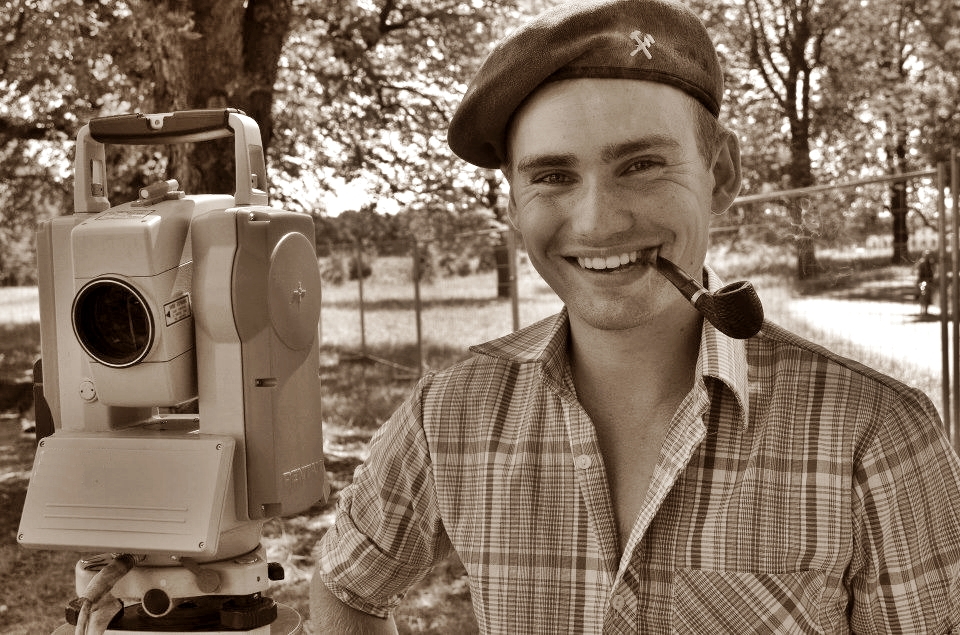Basic information
The ARTEFACT factual database enables access to the collection of artefacts recently analysed in the RESCUED laboratory. These analyses were focused on archaeological information invisible in naked eye view, and thus commonly neglected in the post-excavation care. We present how rich our artefacts are in these invisible data, such as use-wear, micro-residues, sensitive or fragile structures over surface, and environmental or depositional markers. Unfortunately, we must also present how destructive the routine archaeological processes can be for such special data in many cases. Invisible data bring new important information about economies, operational chains, recycling and other detail of past societies. It is important to prevent their further damage. The aim of this project is to showcase the wealth of these archaeological data and call for the replacement of invasive conservation practices with more gentle methods of heritage care.
The origin of the database
Our research group associated with the Department of Archaeology and Museology on the Faculty of Arts (Masaryk University) witnesses the damage of invisible archaeological information on the surface of artefacts on a daily basis. We analyse hundreds of artefacts every year, from older museum collections and from new excavations, including rescue excavations. Unfortunately, established post-excavation-care processes for artefacts often cause irreversible damage of sensitive information or permanently cover it. Conservation coatings are only formally reversible, as their removal would place an undue burden on the artefact. That is why we decided to show this data, which is invisible to the eye, but also the mass extent of its damage, and explain how to reduce or eliminate the risk through small changes in work procedures.
About the authors
 Ludmila is a Senior researcher at the Department of Archaeology and Museology, Faculty of Arts, Masaryk University in Brno. She is an expert in microscopy and use wear analysis and an experimental archaeology enthusiast. As a researcher, she is not dedicated to only one period or one class of findings; she prefers to rise to new research challenges using new viewpoints or methods to uncover new data or relations. Ludmila believes that perceiving artifacts in their practical and symbolic roles, not in artificially created typological categories, is a fundamental task of modern archaeology.
Ludmila is a Senior researcher at the Department of Archaeology and Museology, Faculty of Arts, Masaryk University in Brno. She is an expert in microscopy and use wear analysis and an experimental archaeology enthusiast. As a researcher, she is not dedicated to only one period or one class of findings; she prefers to rise to new research challenges using new viewpoints or methods to uncover new data or relations. Ludmila believes that perceiving artifacts in their practical and symbolic roles, not in artificially created typological categories, is a fundamental task of modern archaeology.
 Markéta is a PhD student in archaeology at Masaryk University in Brno. Her research focuses on the use-wear analysis of copper and bronze artefacts as well as experimental archaeology. She primarily investigates weapons and warfare in the Bronze Age, with a secondary focus on Bronze Age metallurgy. Currently, she works as a researcher in the RESCUED laboratory, specializing in the use-wear analysis of copper alloy artefacts, optical and optodigital microscopy, and the study of imprints and pseudomorphs in corrosion products.
Markéta is a PhD student in archaeology at Masaryk University in Brno. Her research focuses on the use-wear analysis of copper and bronze artefacts as well as experimental archaeology. She primarily investigates weapons and warfare in the Bronze Age, with a secondary focus on Bronze Age metallurgy. Currently, she works as a researcher in the RESCUED laboratory, specializing in the use-wear analysis of copper alloy artefacts, optical and optodigital microscopy, and the study of imprints and pseudomorphs in corrosion products.
Mgr. Anna Nováčková
 Anna is a PhD student in archaeology at Masaryk University in Brno. She is dedicated to artefacts made from hard organic materials, and the processes of their production. Her research originally focused on the use-wear analysis of protohistoric antler combs and experimental testing of their production stages and the use. Currently she works on the use-wear and functional analysis of a large collection of bone & antler products from oppidal site Stradonice.
Anna is a PhD student in archaeology at Masaryk University in Brno. She is dedicated to artefacts made from hard organic materials, and the processes of their production. Her research originally focused on the use-wear analysis of protohistoric antler combs and experimental testing of their production stages and the use. Currently she works on the use-wear and functional analysis of a large collection of bone & antler products from oppidal site Stradonice.
 Jarmila is a postgraduate student of archaeology at Masaryk University in Brno, specializing in radiocarbon dating and environmental archaeology. Her research focuses on the freshwater reservoir effect on human skeletal remains, investigating how aquatic-based diets can influence radiocarbon dating accuracy. Through her work, she aims to refine dating methodologies and enhance the understanding of dietary habits and environmental interactions in prehistoric populations.
Jarmila is a postgraduate student of archaeology at Masaryk University in Brno, specializing in radiocarbon dating and environmental archaeology. Her research focuses on the freshwater reservoir effect on human skeletal remains, investigating how aquatic-based diets can influence radiocarbon dating accuracy. Through her work, she aims to refine dating methodologies and enhance the understanding of dietary habits and environmental interactions in prehistoric populations.
 Vojtěch is lecturer and researcher at the Department of Archaeology and Museology, Faculty of Arts, Masaryk University in Brno. He focuses on applied 3D scanning and image-based modelling and their application in archaeology, both in the field and for artifact documentation and analysis. For the last eight years, he has taught students how not to get lost in the subgenre of 3D in archaeology and cultural heritage preservation.
Vojtěch is lecturer and researcher at the Department of Archaeology and Museology, Faculty of Arts, Masaryk University in Brno. He focuses on applied 3D scanning and image-based modelling and their application in archaeology, both in the field and for artifact documentation and analysis. For the last eight years, he has taught students how not to get lost in the subgenre of 3D in archaeology and cultural heritage preservation.

 Ludmila is a Senior researcher at the Department of Archaeology and Museology, Faculty of Arts, Masaryk University in Brno. She is an expert in microscopy and use wear analysis and an experimental archaeology enthusiast. As a researcher, she is not dedicated to only one period or one class of findings; she prefers to rise to new research challenges using new viewpoints or methods to uncover new data or relations. Ludmila believes that perceiving artifacts in their practical and symbolic roles, not in artificially created typological categories, is a fundamental task of modern archaeology.
Ludmila is a Senior researcher at the Department of Archaeology and Museology, Faculty of Arts, Masaryk University in Brno. She is an expert in microscopy and use wear analysis and an experimental archaeology enthusiast. As a researcher, she is not dedicated to only one period or one class of findings; she prefers to rise to new research challenges using new viewpoints or methods to uncover new data or relations. Ludmila believes that perceiving artifacts in their practical and symbolic roles, not in artificially created typological categories, is a fundamental task of modern archaeology. Markéta is a PhD student in archaeology at Masaryk University in Brno. Her research focuses on the use-wear analysis of copper and bronze artefacts as well as experimental archaeology. She primarily investigates weapons and warfare in the Bronze Age, with a secondary focus on Bronze Age metallurgy. Currently, she works as a researcher in the RESCUED laboratory, specializing in the use-wear analysis of copper alloy artefacts, optical and optodigital microscopy, and the study of imprints and pseudomorphs in corrosion products.
Markéta is a PhD student in archaeology at Masaryk University in Brno. Her research focuses on the use-wear analysis of copper and bronze artefacts as well as experimental archaeology. She primarily investigates weapons and warfare in the Bronze Age, with a secondary focus on Bronze Age metallurgy. Currently, she works as a researcher in the RESCUED laboratory, specializing in the use-wear analysis of copper alloy artefacts, optical and optodigital microscopy, and the study of imprints and pseudomorphs in corrosion products. Anna is a PhD student in archaeology at Masaryk University in Brno. She is dedicated to artefacts made from hard organic materials, and the processes of their production. Her research originally focused on the use-wear analysis of protohistoric antler combs and experimental testing of their production stages and the use. Currently she works on the use-wear and functional analysis of a large collection of bone & antler products from oppidal site Stradonice.
Anna is a PhD student in archaeology at Masaryk University in Brno. She is dedicated to artefacts made from hard organic materials, and the processes of their production. Her research originally focused on the use-wear analysis of protohistoric antler combs and experimental testing of their production stages and the use. Currently she works on the use-wear and functional analysis of a large collection of bone & antler products from oppidal site Stradonice. Jarmila is a postgraduate student of archaeology at Masaryk University in Brno, specializing in radiocarbon dating and environmental archaeology. Her research focuses on the freshwater reservoir effect on human skeletal remains, investigating how aquatic-based diets can influence radiocarbon dating accuracy. Through her work, she aims to refine dating methodologies and enhance the understanding of dietary habits and environmental interactions in prehistoric populations.
Jarmila is a postgraduate student of archaeology at Masaryk University in Brno, specializing in radiocarbon dating and environmental archaeology. Her research focuses on the freshwater reservoir effect on human skeletal remains, investigating how aquatic-based diets can influence radiocarbon dating accuracy. Through her work, she aims to refine dating methodologies and enhance the understanding of dietary habits and environmental interactions in prehistoric populations.  Vojtěch is lecturer and researcher at the Department of Archaeology and Museology, Faculty of Arts, Masaryk University in Brno. He focuses on applied 3D scanning and image-based modelling and their application in archaeology, both in the field and for artifact documentation and analysis. For the last eight years, he has taught students how not to get lost in the subgenre of 3D in archaeology and cultural heritage preservation.
Vojtěch is lecturer and researcher at the Department of Archaeology and Museology, Faculty of Arts, Masaryk University in Brno. He focuses on applied 3D scanning and image-based modelling and their application in archaeology, both in the field and for artifact documentation and analysis. For the last eight years, he has taught students how not to get lost in the subgenre of 3D in archaeology and cultural heritage preservation.